Wireless Sensor Networks (WSN) are self-organizing network systems composed of a large number of low-power, multifunctional sensor nodes that communicate wirelessly, used for sensing, collecting, transmitting, and processing environmental information.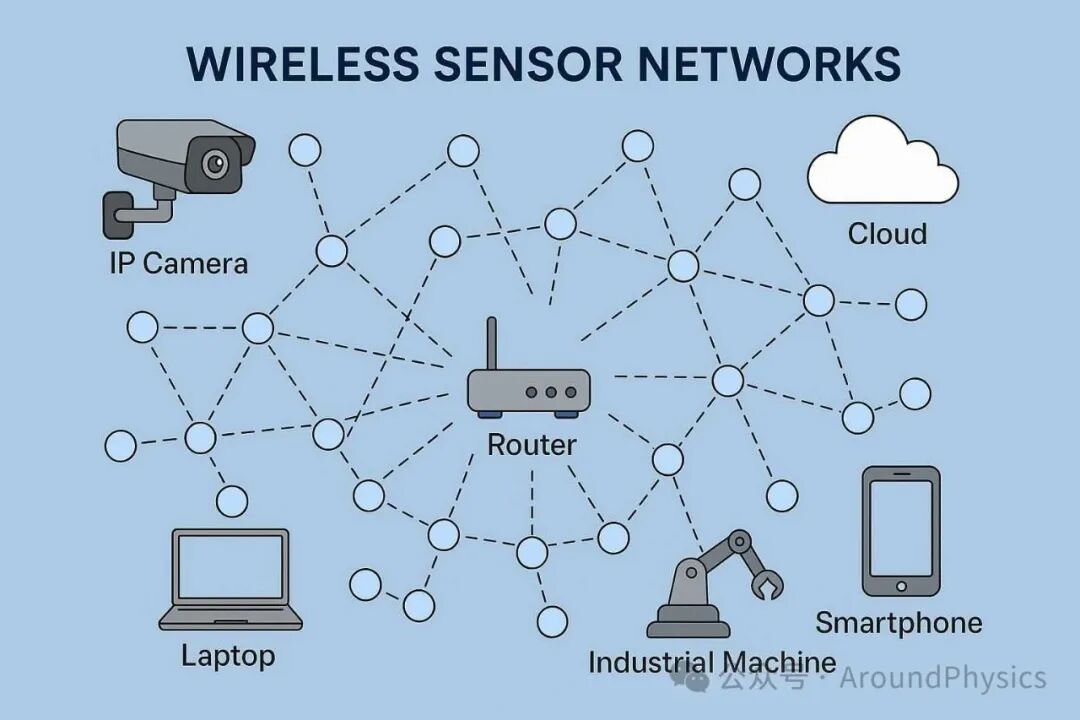 It is widely used in various fields such as military reconnaissance, environmental monitoring, industrial control, smart homes, and healthcare. The development history of WSN is a trajectory driven by technological advancement and application demand, closely related to the progress in microelectronics, wireless communication, embedded systems, and network protocols. Typical characteristics of WSN include self-organization, adaptability, distributed processing, low power consumption, and strong robustness.
It is widely used in various fields such as military reconnaissance, environmental monitoring, industrial control, smart homes, and healthcare. The development history of WSN is a trajectory driven by technological advancement and application demand, closely related to the progress in microelectronics, wireless communication, embedded systems, and network protocols. Typical characteristics of WSN include self-organization, adaptability, distributed processing, low power consumption, and strong robustness.
Initial Stage (1970s – Early 1990s)
The initial concept of wireless sensor networks emerged in the 1970s. One of the earliest promoters was the U.S. Defense Advanced Research Projects Agency (DARPA), which funded several sensor network-related projects for battlefield monitoring and intelligence gathering.
According to decrypted materials, in 1978, DARPA launched the Distributed Sensor Networks (DSN) project, which systematically proposed the concept of information acquisition and target localization through the collaboration of numerous sensors for the first time. The sensor nodes during this period were large, expensive, and primarily used wired communication, making system deployment complex and mainly limited to small-scale applications in the military. A representative technology from this period includes the early Sound Surveillance System (SOSUS), used to detect submarine activities, laying the foundation for sensor networks.
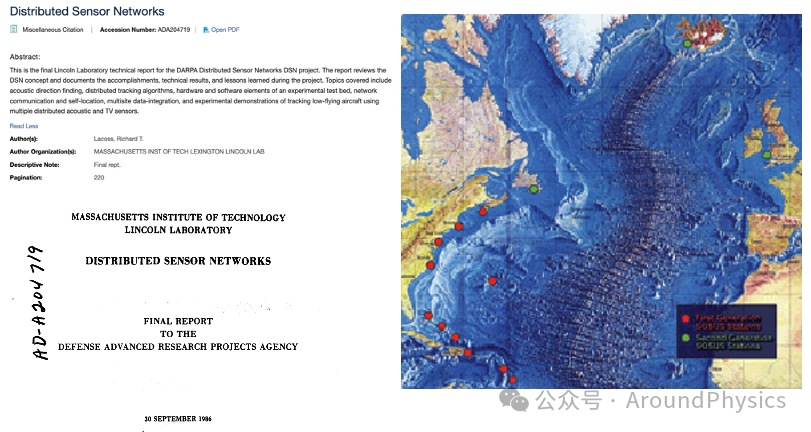
Technology Maturation Stage (Mid-1990s – 2000)
With advancements in CMOS technology and wireless communication, sensor devices gradually achieved miniaturization and low power consumption. During this period, WSN research shifted from single-point sensing and control to networked, distributed system architectures.
Smart Dust Project (1997): Led by the University of California, Berkeley, it first proposed the concept of “smart dust,” which integrates sensing, processing, and communication functions in a miniaturized, low-power format, becoming a foundational project for modern WSN concepts.
MICA/MICA2 Sensor Platform: A node platform based on the TinyOS system, achieving modular design and facilitating the transition of WSN research from theory to practical application.
TinyOS Operating System: Developed by the University of California, Berkeley, specifically designed for resource-constrained embedded devices, supporting an event-driven model, greatly promoting the development and deployment of WSN systems.
IEEE 802.15.4 Standard Proposal (1999): Laid the foundation for low-speed, low-power wireless communication, serving as the physical layer standard for protocols like ZigBee and 6LoWPAN.
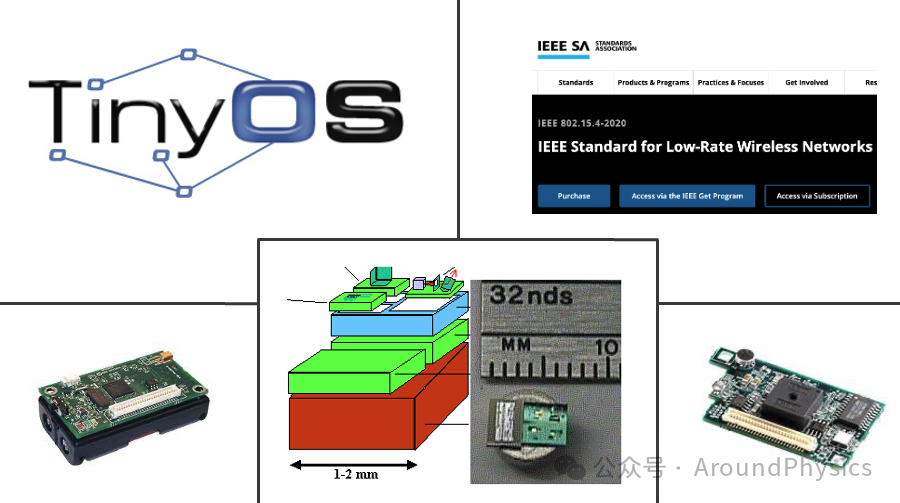
Rapid Development Stage (2000 – 2010)
Entering the 21st century, WSN rapidly developed as an independent research field, with multiple international research projects and commercial applications emerging. Research directions included network protocol design (MAC layer, routing, data fusion), node localization and synchronization, node energy management and lifetime optimization, network security, and fault-tolerant design. Typical application examples include the Volcano Monitoring (2004) system deployed in the Ecuadorian volcanic region, achieving real-time perception and remote monitoring of volcanic activity, and environmental monitoring for wildlife habitats in the Great Duck Island Project.
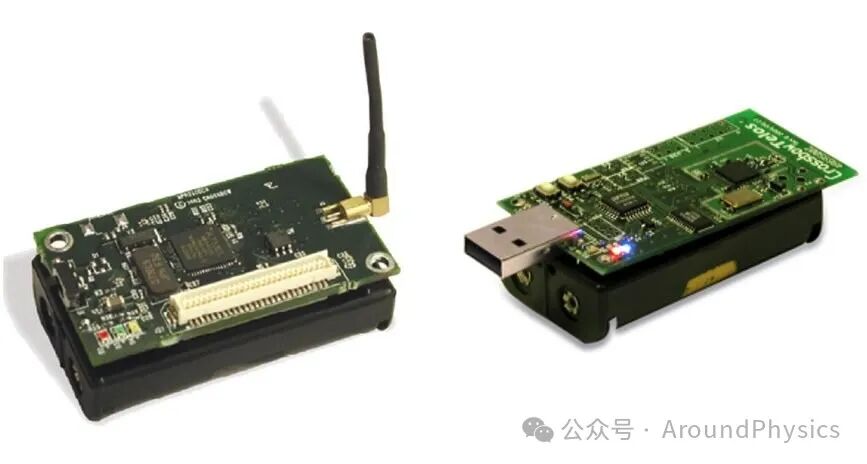 At the same time, commercial platforms such as Crossbow, TelosB, SunSPOT emerged, promoting WSN into educational and industrial applications.
At the same time, commercial platforms such as Crossbow, TelosB, SunSPOT emerged, promoting WSN into educational and industrial applications.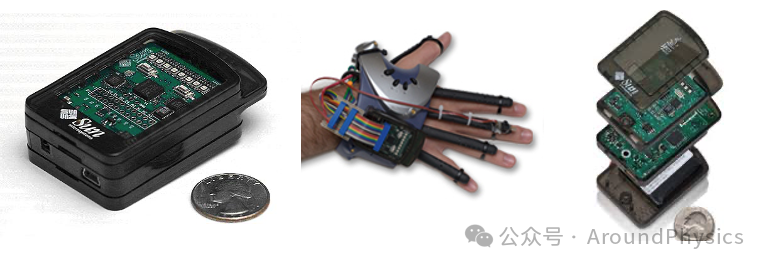
Integration with the Internet of Things (2010 – Present)
With the rise of the Internet of Things (IoT) concept, WSN has become one of its core technologies for perception, gradually evolving towards intelligence, ubiquity, and large-scale deployment. Integration technology trends include: integration with cloud computing and big data analysis platforms to achieve a closed-loop system of perception, transmission, processing, and decision-making; integration with 5G/6G for low latency, high bandwidth, and large connectivity; introduction of edge computing and artificial intelligence to enable sensor nodes with preliminary data processing and decision-making capabilities; and practical energy harvesting technologies (such as solar energy and mechanical vibration) to alleviate energy consumption bottlenecks.
Key Standard Developments: Protocols like 6LoWPAN, CoAP, and RPL enable better internet access for WSN; emerging communication technologies such as LoRa, NB-IoT, and BLE Mesh support wide-area low-power sensing applications.Representative Application Scenarios: Smart cities (e.g., smart streetlights, smart manholes, urban hydrological monitoring), smart agriculture (precision irrigation, temperature and humidity control), smart industry (industrial IoT monitoring systems), and smart healthcare (wearable physiological monitoring).
Time Synchronization Technology in Wireless Sensor Networks
As WSN entered a rapid development phase, an important research direction became the focus of both academia and industry: Time Synchronization Technology in Wireless Sensor Networks, which ensures that all nodes in the network can accurately synchronize time, thereby ensuring the reliability and efficiency of data transmission. In extreme cases, when distributed devices are not interconnected, time synchronization becomes very challenging.
The traditional time synchronization techniques we know mainly include the following methods:Direct UTC Synchronization: Nodes directly synchronize with Global Positioning System (GPS) or other external time sources to ensure time accuracy.Indirect UTC Synchronization: Time is indirectly synchronized through an external time server or a node in the network.Base Station Direct Synchronization: The base station directly sends time information to nodes, which receive and adjust their local clocks.Base Station Indirect Synchronization: The base station sends time information to other nodes, which then synchronize based on the received information.Mobile Node Signal Synchronization: In mobile networks, synchronization of mobile node clocks is achieved through signal mechanisms. Recent research has proposed a new time synchronization protocol R4Syn, which reduces the length of the time-critical path by utilizing the receiver-to-receiver principle and achieves efficient synchronization through multi-hop extension.
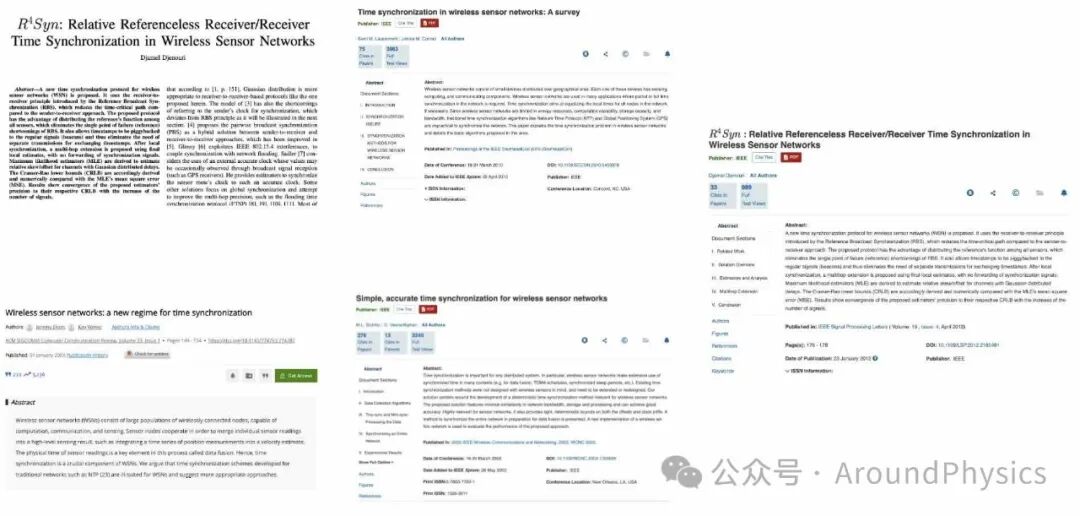
Each of these methods has its advantages and disadvantages, suitable for different application scenarios. For example, direct UTC synchronization is highly accurate but requires external device support; base station direct synchronization is suitable for environments with fixed infrastructure; while mobile node signal synchronization is suitable for dynamically changing network environments. It is believed that there will be more breakthroughs in time synchronization technology for wireless sensor networks in the future, providing richer options for distributed devices.
Since the initial conception of wireless sensor networks in the 1970s, they have undergone four stages: military exploration, technological breakthroughs, application expansion, and integration with the Internet of Things, achieving a leap from concept to practical application. Today, WSN has become an important link between the physical and digital worlds. With the development of next-generation communication, intelligent processing, and nanotechnology, the future of WSN will be more intelligent, miniaturized, and widespread, providing a solid foundation for building an intelligent society of interconnected everything.